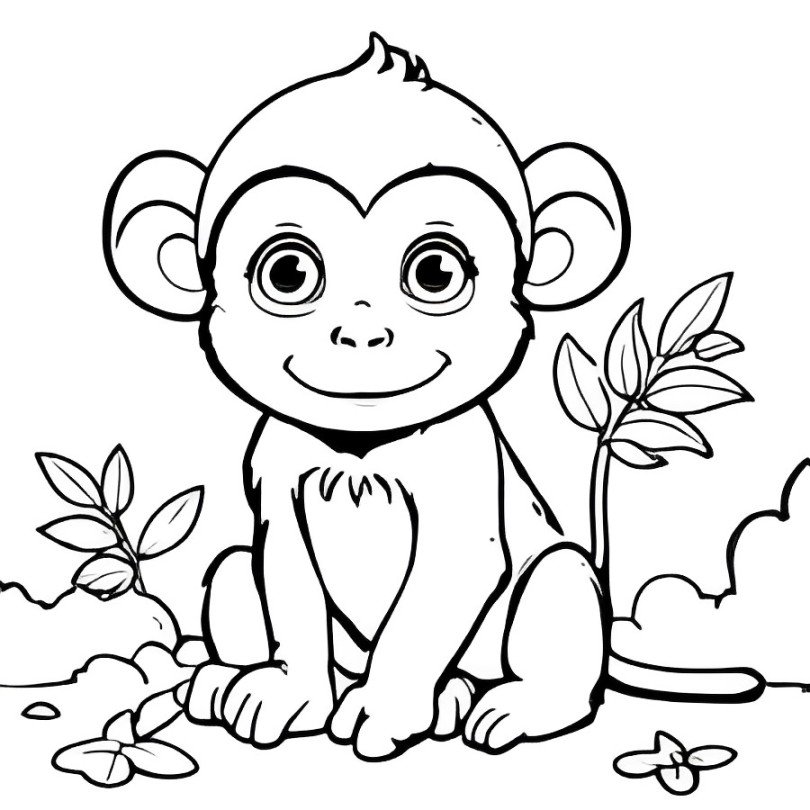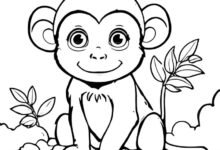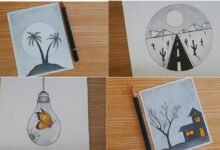The Ultimate Guide to drawing:uqp7yroofp0= monkey

In this comprehensive guide, we will delve into the intricacies of drawing:UQP7YROOFP0= monkey.Drawing is an incredible skill that allows us to express our creativity and imagination. From understanding the anatomy of monkeys to mastering various techniques, this article will serve as your go-to resource for enhancing your drawing abilities. Let’s embark on this artistic journey!
Table of Contents
- Introduction to Drawing: UQP7YROOFP0= Monkey
- Materials Needed for Drawing: UQP7YROOFP0= Monkey
- Understanding Monkey Anatomy
Introduction to Drawing:UQP7YROOFP0= Monkey
Drawing: UQP7YROOFP0= monkey isn’t just about replicating an image; it’s about capturing the essence of these fascinating creatures. Monkeys are full of personality and character, making them a fantastic subject for artists. In this section, we’ll explore what makes drawing monkeys unique and why you should consider adding them to your artistic repertoire.
Materials Needed for Drawing:UQP7YROOFP0=Monkey
Before you start drawing, it’s essential to gather the right materials. Here’s a list of recommended supplies that will help you create stunning drawings of monkeys:
1. Pencils
- Graphite Pencils: A range from 2H to 6B for different shading techniques.
- Colored Pencils: For vibrant, colorful drawings.
2. Paper
- Sketch Paper: Ideal for rough drafts.
- Drawing Paper: Heavier weight for final pieces.
3. Erasers
- Kneaded Eraser: For gentle corrections.
- Vinyl Eraser: For more precise erasing.
4. Blending Tools
- Blending Stumps: For smooth transitions in shading.
- Cotton Swabs: Handy for smaller areas.
5. Reference Images
Having high-quality reference images of monkeys will greatly enhance your drawing process. Consider using books, documentaries, or reputable online resources.
Understanding Monkey Anatomy
To draw: UQP7YROOFP0= monkey effectively, you need to understand its anatomy. Monkeys have unique features and proportions that set them apart from other animals.
3.1 Proportions and Structure
Monkeys generally have a distinct body structure. They possess long limbs and a flexible spine, which allows for their agile movements. Understanding their proportions is crucial for creating realistic drawings.
- Head Size: The head is proportionally larger in many species.
- Limbs: The arms are often longer than the legs.
- Tail: Some monkeys have long tails that add to their balance and mobility.
3.2 Muscle Groups and Movement
Monkeys are incredibly active, and their musculature reflects this. Observing how muscles engage during different movements can help you depict them more accurately in your drawings.
- Forelimbs: Strong and agile, used for climbing and swinging.
- Hindlimbs: Powerful for jumping and balancing.
Basic Drawing Techniques
Mastering basic drawing techniques is essential when tackling the subject of drawing: UQP7YROOFP0= monkey. Here are some fundamental methods to help you create dynamic and lifelike representations.
4.1 Line Work
The foundation of any drawing lies in its line work. Practice using varied line weights to add depth and interest to your drawing.
- Thick Lines: Use for outlines and to define shapes.
- Thin Lines: Ideal for details and features.
4.2 Shading
Shading brings your drawings to life, adding volume and dimension. Experiment with different shading techniques, such as:
- Hatching: Parallel lines to create texture.
- Cross-Hatching: Intersecting lines for deeper shading.
- Blending: Smooth transitions for a soft effect.
4.3 Textures
Capturing the texture of a monkey’s fur can elevate your drawing. Use a combination of short strokes and gentle shading to mimic the softness and variation in fur.
Step-by-Step Drawing Process
Now that you have a solid understanding of the materials and techniques, let’s dive into a step-by-step process for drawing: UQP7YROOFP0= monkey.
5.1 Sketching the Outline
Begin with a light sketch to outline the monkey’s basic shapes. Focus on getting the proportions right before adding details.
- Draw the Head: Start with a circle for the head and add guidelines.
- Outline the Body: Use simple shapes (ovals and rectangles) to represent the torso and limbs.
5.2 Adding Details
Once the outline is in place, it’s time to add details:
- Facial Features: Pay attention to the eyes, nose, and mouth.
- Fur Texture: Use short, quick strokes to represent fur.
5.3 Finalizing Your Drawing
After detailing, refine your drawing:
- Clean Up Lines: Erase any unnecessary guidelines.
- Enhance Shading: Add depth with more pronounced shadows.
- Final Touches: Highlight areas where light hits.
Common Mistakes to Avoid
When learning to drawing:uqp7yroofp0= monkey, it’s important to recognize common pitfalls:
- Ignoring Proportions: Always refer back to your reference images.
- Over-Shading: Start light and build up shadows gradually.
- Rushing Details: Take your time to ensure accuracy in features.
Inspiration and Style Development
As you become more comfortable with drawing monkeys, consider developing your unique style. Study various artists and their interpretations of monkey art to find inspiration.
- Experiment with Styles: Try realism, cartooning, or abstract approaches.
- Join Art Communities: Engage with fellow artists for feedback and encouragement.
Conclusion
Drawing:UQP7YROOFP0= monkey can be a rewarding and enjoyable experience. By understanding the anatomy, mastering techniques, and practicing regularly, you’ll improve your skills and create captivating artwork. Remember to be patient with yourself and allow your style to evolve over time. Now, grab your pencils, and let your creativity flow!
you may also read multiblogs.

